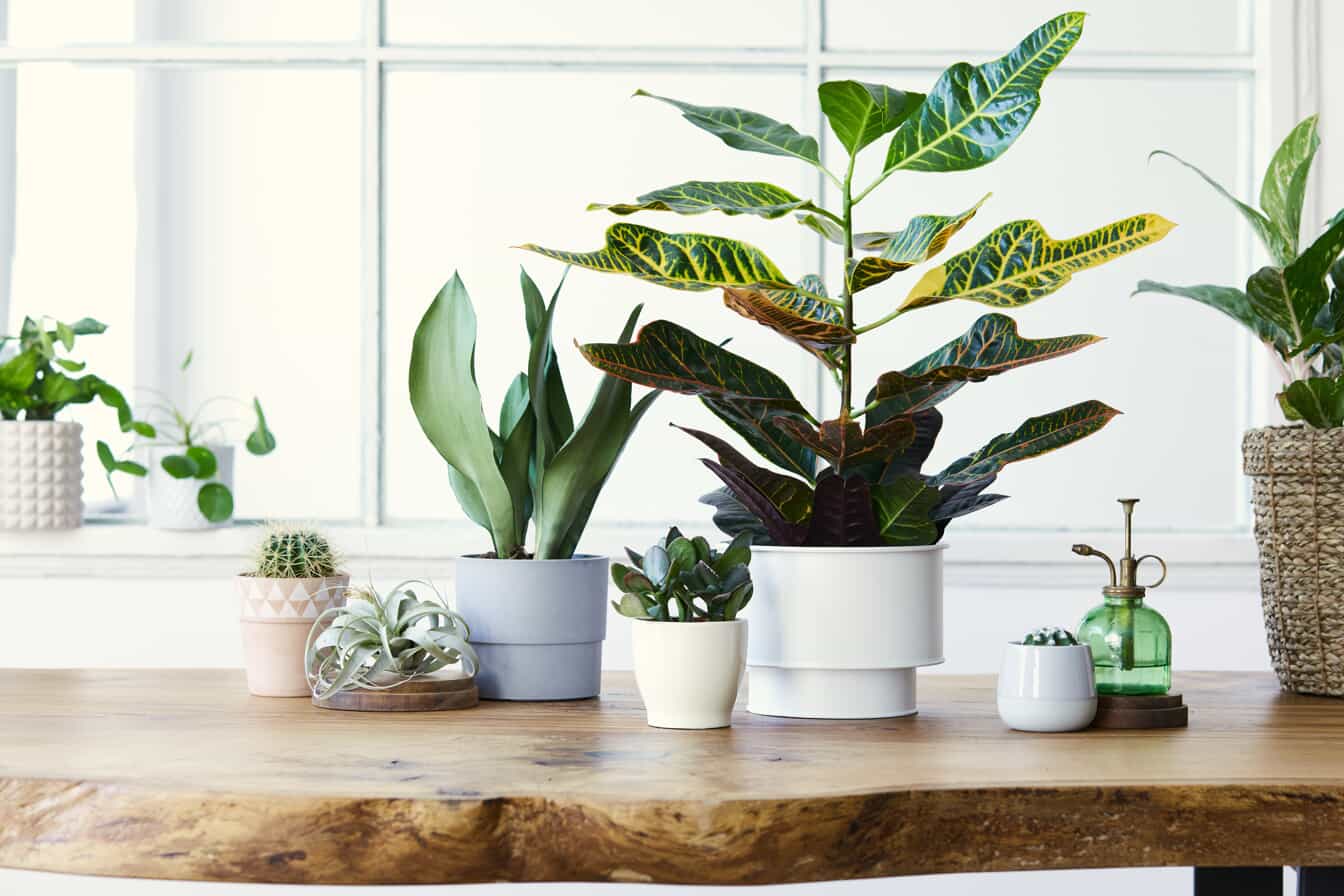The Best Green Cleaning Uses for Castile Soap
Castile soap has been touted as a near-miracle product: non-toxic, vegan, biodegradable, and cruelty-free, with a long list of household uses. With increased interest in eco-friendly housekeeping solutions, it’s easy to understand why those benefits would draw attention. But what is castile soap, and what can you do with this modern marvel?
First of all, it turns out castile soap isn’t exactly modern. Named for the Castile region of Spain where the style of olive oil-based soap originated, castile soap was referenced in the Oxford English Dictionary as early as 1616. Its olive oil base differentiated it from tallow-based soaps more common in other areas of the world. In 1948, a soapmaker named Dr. Bronner began selling a liquid version most people know today, though it was mostly found in health food stores before the green cleaning movement really went mainstream. Today, castile soap is much more readily available.
Our cleaning experts at Merry Maids® have put together some suggestions for the best household uses of castile soap—and a few things to avoid.
Cleaning House with Castile Soap
There’s seemingly no end to the things you can clean with castile soap. Depending on how you dilute it and the way you apply it, castile soap can provide an eco-friendly replacement for dish soap, all-purpose cleaning spray, mopping solution, laundry detergent, tub and surface scrub, cleaning wipes, and more.
Here are our suggestions for replacing your existing household cleaners:
Dish soap – When handwashing dishes, fill your sink with warm water and add castile soap at a ratio of 10:1. Wash as usual. Rinse with a vinegar solution if you have hard water.
All-purpose cleaning spray – Mix ¼ cup of castile soap with one quart of water in a spray bottle. Use on virtually any nonporous surface, though if you’re unsure, you may want to test a small, inconspicuous area first.
Mopping solution – Add ½ cup of castile soap with three gallons of hot water in a bucket for an effective mopping solution.
Laundry detergent – For a large load in a normal washer, use ⅓ to ½ cup of castile soap in place of detergent. Add ½ cup of vinegar to the rinse cycle, especially if you have hard water. High-efficiency (HE) machines will use half of these measurements.
Tub and surface scrub – Combine ¼ cup of baking soda with 2-3 tablespoons of castile soap for a scrubbing paste with soft abrasion great for tubs, tile, stovetops, sinks, and other hard, grimy surfaces.
Cleaning wipes – Mix one cup of warm water and one ounce of castile soap in a large glass jar. Add soft cleaning rags (pro tip: cut up an old t-shirt!) to the jar and let them soak for reusable cleaning wipes that can be laundered and reused over and over again.
Castile Soap & Vinegar: Keep Them Separated
Much like castile soap, vinegar is a cleaning powerhouse that can be used throughout the home. Many blogs feature DIY recipes that call for both of these grime-busting dynamos in the same mixture. It’s simple math, right? One good thing plus another good thing equals an even better thing? Wrong.
Rather than math, chemistry comes into play when mixing homemade cleaners. Castile soap is a base but vinegar is an acid, and the two cancel each other out. Acidic vinegar breaks down the bonds in the soap, separating the oils and creating a mess. This is true when mixing castile soap with any acid, including lemon juice—another popular DIY cleaning ingredient.
Vinegar and castile soap play well together, however, when used as separate steps. For instance, castile soap makes an excellent laundry detergent, but may leave a white film on clothing when used with hard water. Adding vinegar to the rinse cycle counteracts the residue left behind without cancelling out the cleaning properties.
Other Considerations & Warnings When Using Castile Soap
Generally speaking, castile soap is very safe. It can be used on any number of surfaces and materials, from porcelain bathroom fixtures to hand wash-only delicates. However, there are a few caveats to keep in mind.
As we mentioned, castile soap reacts with vinegar, lemon juice, and other acids and loses its structure. This isn’t harmful per se, but it can create more mess than it cleans. Stick to using these ingredients separately.
Castile soap can leave white residue on items when mixed with or used in hard water. Follow up with a vinegar-solution rinse to remove this residue, or, if mixing cleaning sprays or solutions, use distilled water rather than tap.
Green Alternatives with Merry Maids
When it comes to daily household cleaning, the green benefits of castile soap are many. It’s a convenient, multi-use, vegan product that is completely biodegradable and safe enough to use on a baby, making it a great choice for the health and safety of your whole family.
At Merry Maids, we understand why more families are looking for alternatives such as castile soap to replace harsher chemicals and cleaning products. We offer a line of maintenance products called Merry Maids Essentials™ that includes a subset approved by the EPA’s Safer Choice program. The Safer Choice label means the products have been thoroughly reviewed, including their ingredients, performance, packaging, pH, and volatile organic compounds (VOCs), and have been deemed safer for use around humans, pets, workers, fish, and the environment.
Our local cleaning professionals offer daily housekeeping and other home cleaning services using our Merry Maids Essentials™ products and tailored to your preferences. Our eco-friendly and green house cleaners are designed to deliver a sparkling clean without harsh chemicals.
Call today and learn more about our Merry Maids Essentials™ line, including many products featuring the Safer Choice label.













